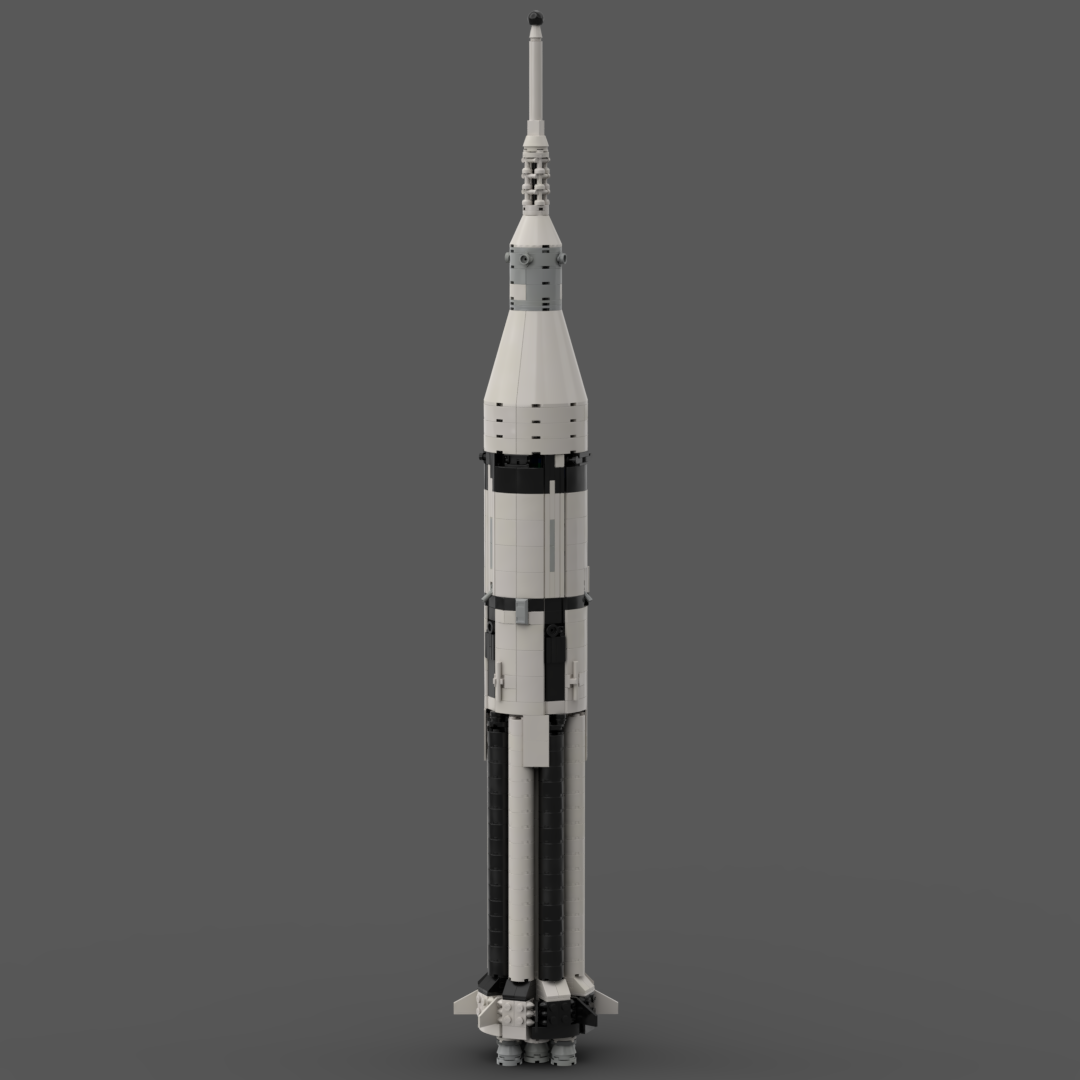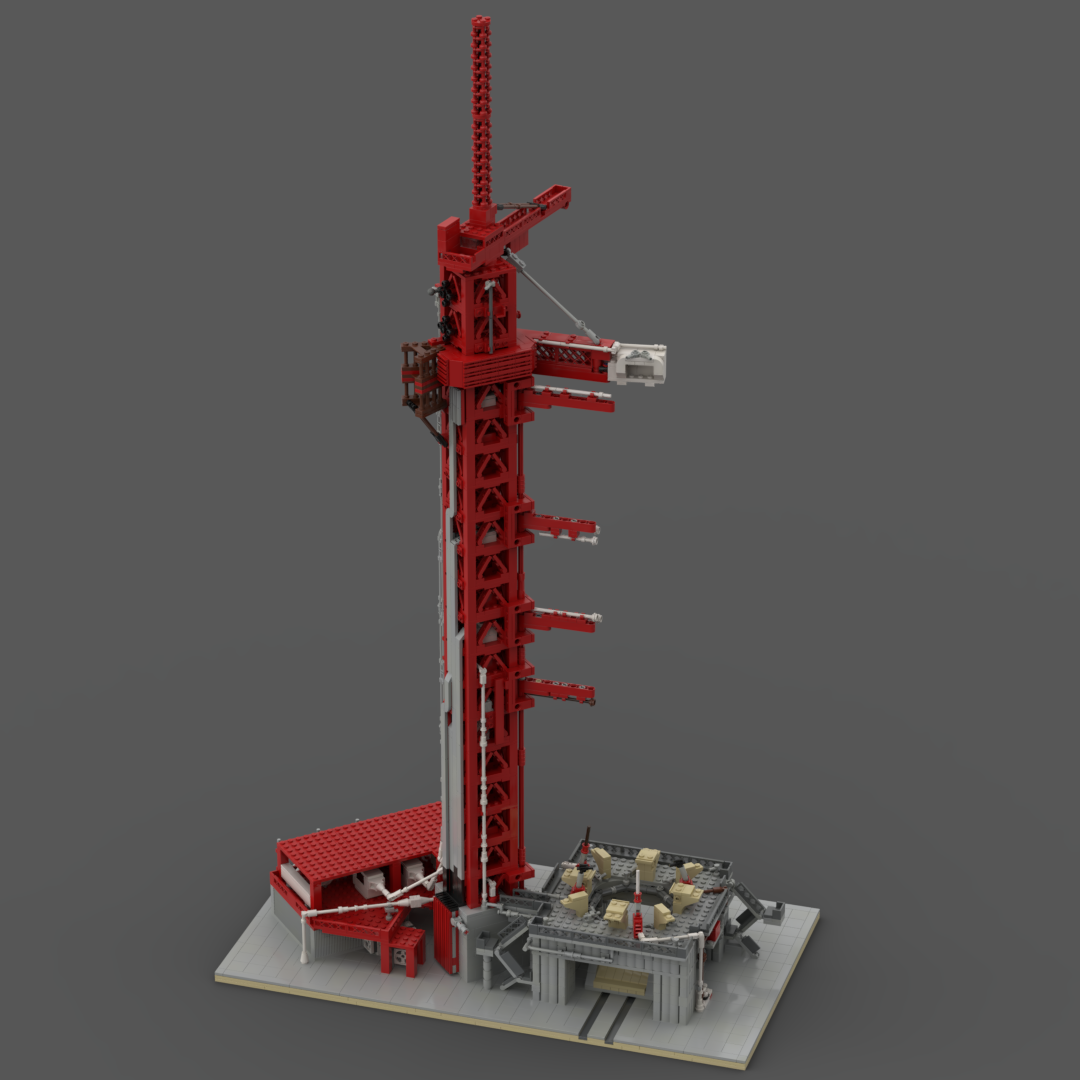
LEGO Designer:
David Welling (Luxordeathbed)
Designed:
February 2017
Categories:
Launch Vehicles, All, Apollo Program, Heavy Lift Launch Vehicles, Manned Spaceflight, Space Agency - NASA
Launch Vehicle Details
Stages:
Length:
Diameter:
Mass at Launch:
Low Earth Orbit Capacity:
Total Thrust:
Apogee:
Class:
The Saturn IB was an American launch vehicle commissioned by the National Aeronautics and Space Administration (NASA) for the Apollo program. It replaced the S-IV second stage of the Saturn I with the much more powerful S-IVB, able to launch a partially fuelled Apollo command and service module (CSM) or a fully fuelled Apollo Lunar Module (LM) into low Earth orbit for early flight tests before the larger Saturn V needed for lunar flight was ready.
By sharing the S-IVB upper stage, the Saturn IB and Saturn V provided a common interface to the Apollo spacecraft. The only major difference was that the S-IVB on the Saturn V burned only part of its propellant to achieve Earth orbit, so it could be restarted for trans-lunar injection. The S-IVB on the Saturn IB needed all of its propellant to achieve Earth orbit.
The Saturn IB launched two uncrewed CSM suborbital flights, one uncrewed LM orbital flight, and the first crewed CSM orbital mission (first planned as Apollo 1, later flown as Apollo 7). It also launched one orbital mission, AS-203, without a payload so the S-IVB would have residual liquid hydrogen fuel. This mission supported the design of the restartable version of the S-IVB used in the Saturn V, by observing the behaviour of the liquid hydrogen in weightlessness.
In 1973, the year after the Apollo lunar program ended, three Apollo CSM/Saturn IBs ferried crews to the Skylab space station. In 1975, one last Apollo/Saturn IB launched the Apollo portion of the joint US-USSR Apollo–Soyuz Test Project (ASTP). A backup Apollo CSM/Saturn IB was assembled and made ready for a Skylab rescue mission, but never flown.
The remaining Saturn IBs in NASA’s inventory were scrapped after the ASTP mission, as no use could be found for them and all heavy lift needs of the US space program could be serviced by the cheaper and more versatile Titan III family.
Downloads
Part count: 847 bricks, 157 lots.
| Unit | width | length | height |
|---|---|---|---|
| Studs | 12.9 | 12.9 | 81.1 |
| Inches | 4.0 | 4.0 | 25.5 |
| Centimetres | 10.3 | 10.3 | 64.9 |
No external URL provided.
Launch History information from space.skyrocket.de
Launch History information from space.skyrocket.de



